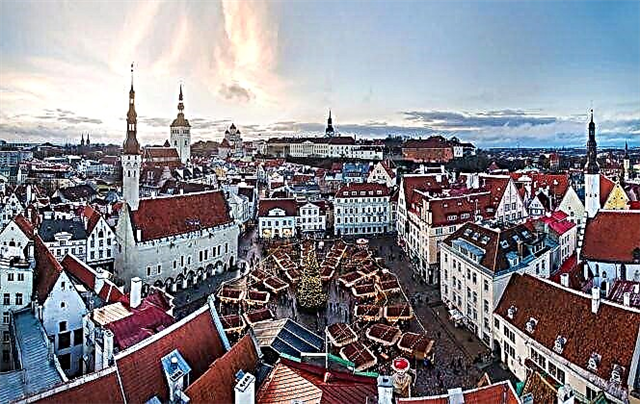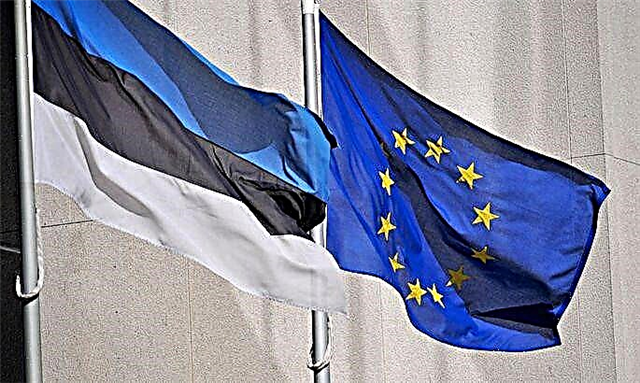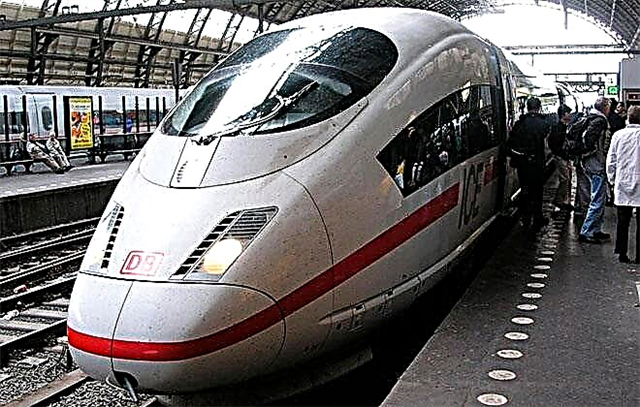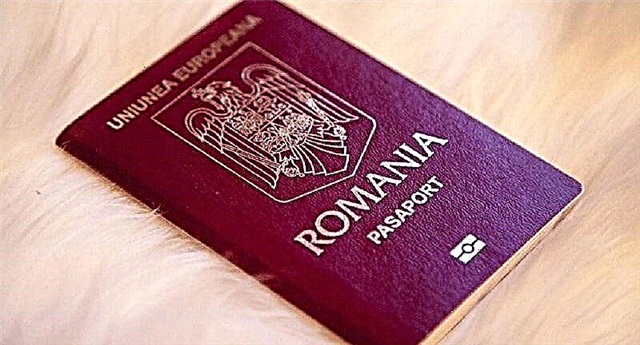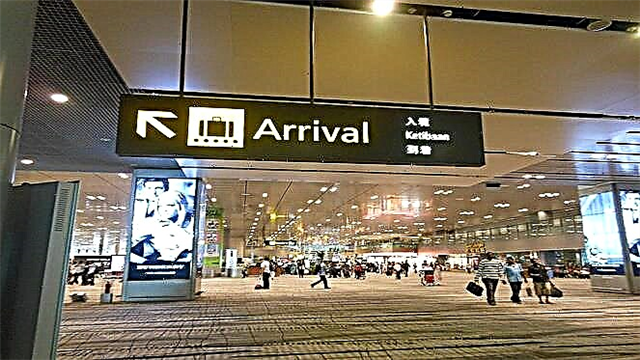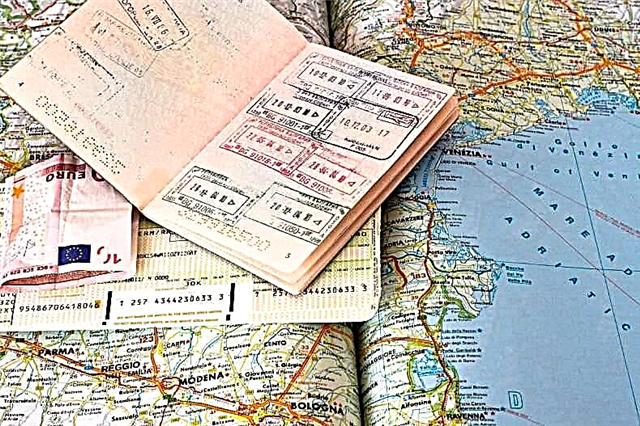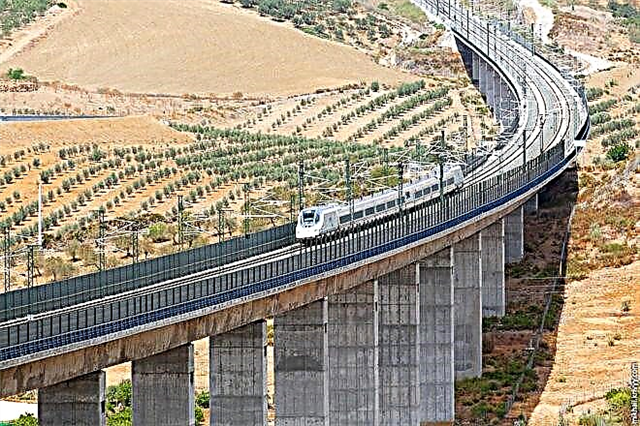During a visit to Spain, many travelers are faced with the need to move around the country by public transport. The transport system in Spain is well developed and represented by various types of transport. Trains are considered one of the most popular ways of transportation among both tourists and the local population. Railways in Spain are a proven way to save on long distance tickets while still traveling in comfort.

Features and Benefits of Spanish Railways
The Spanish state rail system is called RENFE. This railroad network was founded in the 1940s.
Spain is covered by more than 15 thousand kilometers of railway lines, which provide communication between 20 Spanish provinces. Both international and domestic flights connecting major Spanish cities pass through the country. A map of railways in Russian will help you navigate this complex system.

The main advantage of Spanish railways is that most of the flights are synchronized with the movement of aircraft and water transport. The passenger can transfer from the plane to the train without long waiting for the desired flight.
At the same time, the state system of railway transport is well developed: ticket prices and quality of service are controlled by the Spanish government. All trains in operation are divided into classes according to comfort and speed of movement, so each traveler can choose a train ticket according to his own financial capabilities.
Railway companies in Spain
The state-owned monopoly RENFE is split into two companies: Renfe and Renfe AVE. Renfe is responsible for suburban and regional routes between the cities of Lloret de Mar, Seville, Barcelona.
AVE serves international flights and routes longer than nine hours. This company connects Madrid with Malaga, the resort of Salou on the golden Costa Dorada.
Types of trains
Luxury trains are among the most expensive on the railroad, high-speed trains cover distances quickly, but the level of comfort is lower. There are also ordinary passenger cars, prices for which are democratic, and commuter trains for short-distance routes.
Expressways
Trains AVE, Talgo and Expreso reach the highest speed on the railroad. In addition to them, there are several more high-speed subspecies.
AVEs are luxury trains that operate on a wide European standard gauge.
These trains run at an average speed of 350 km / h and run strictly on schedule. The maximum allowed AVE delay is five minutes.
If the train is delayed for 5-15 minutes, you will be refunded 30% of the ticket price. A half-hour or more delay guarantees the return of all funds. On the Madrid-Seville route, conditions are even stricter: full refund of the cost is made if the delay is more than 5 minutes.
Due to comfort, safety, absolute independence from weather conditions, travel by rail takes away a significant part of passengers from domestic flights.
Talgo are high-speed trains that stop in small towns. The network of these trains is divided into five segments according to the degree of track congestion. One such segment can run from two to ten trains per day.
Talgo subspecies:
- Transport type Euromed serves directions to Valencia and Alicante, equipped with comfortable reclining chairs. Passengers are given the opportunity to order food and use the waiting room with a purchased ticket.
- Arco trains usually go to Catalonia, Andalusia, Extremadura and Blanes, and their speed does not exceed 250 km / h.
- Alaris and Alvia are known for walking both the wide European ruts and the narrow old Pyrenean ruts.
Expreso is a medium-class carriage that travels from one big city to another, and due to this, the travel time is significantly reduced.
Regional
Regional trains are also owned by the state-owned company Renfe, and are divided into low-class suburban and intercity trains.
Automotor - suburban trains, the price of which is determined not so much by comfort as by the distance of travel. For the same price, you can get either in a very comfortable carriage, or in a regular train carriage with stationary seats.
Tranvia is a regional electric train that stops at every station. Both types of trains have a low speed, tickets for them are almost always available, and there is no need to purchase them in advance.
Night
The Trenhotel and Estrella night trains have increased comfort and are of the following classes:
- grandee. The level of service is not inferior to a three-star number. Here, each compartment for one or two passengers has a separate shower and comfortable berths;
- business. Business class compartments are only double, equipped with comfortable armchairs, washbasin, air conditioning. There are two restrooms in the carriage, ticket prices start at 200 euros;
- tour class. A compartment for six people with sleeping shelves on two or three floors. In order to be able to climb onto the upper shelves, a ladder is built into the wall next to them. The compartments with double shelves are equipped with a washbasin;
- wagons with reclining seats. Seats arranged in rows according to the 2 + 1 scheme. There are sockets for charging electronics, and the cars themselves have an air conditioning system and good lighting.
Service classes
On day trains, service is provided, which is divided into three classes:
- Preferente or Business Class includes one meal in the ticket price. You can ask to have food delivered to you on the carriage or served in the dining car. Preferente passengers can read the latest press, use the multimedia system with headphones and a personal display, working sockets near the seat. It is also possible to be in the waiting room for free and choose a seat in the carriage: single, double, two chairs opposite two or one opposite the other.
- Turista + has the same seating arrangement as business class, however there are no single seats in Turista +. A ticket in this class does not provide free access to the dedicated waiting room at the train station. Also, the price does not include meals.
- Turista is a simple and spacious wagon with reclining seats, one multimedia system for all, restrooms and a room for mother and child. The chairs are located here in two side by side, you can choose four seats for a small company with a table in the middle.
Major train stations in Spain
The capital Atocha station is the central station of the country. Atocha in Madrid is an important transport hub, ranking first in terms of domestic traffic. It consists of three terminals, from which railway tracks diverge in the form of rays in all directions.
Madrid Chamartín Station is responsible for the transport connection of the capital with the eastern part of the country.
Barcelona-Sants Station is the leader in terms of international traffic within Spain. Equipped with high-speed European-style tracks, it was significantly loaded before the construction of the second Barcelona station - Estacio de France, which took over the largest regional transport.
Fares and ticketing in Spain
The higher the class, the more services are included in the ticket price. The fare for business class tickets includes visiting the waiting room and using a special system for transporting people with disabilities.
Meals, use of toilets, sockets, entertainment system are included in the price of the trip.
The middle class of tickets allows visiting the dining car, and the low class gives only the right to travel.
Tariffs
Spanish Railways offer seven fares for ticketing. They differ in the number of redeemed seats, the comfort of the carriage, and the conditions for the return of tickets.
Rate | Conditions |
|---|---|
Promo | The seat in the carriage is automatically selected by the electronic system. Pricing depends on the time of day and travel date, which allows you to buy a ticket for 60 percent or more cheaper. Tickets are not refundable. |
Promo + | It differs from the previous fare by the ability to choose a seat in the carriage, as well as return the ticket if necessary. If you issue a refund a week before the travel date, you will be charged a third of the cost. For later refunds, only half of the amount paid will be refunded. |
Flexible | The most expensive of the basic fares, which gives freedom of action with the ticket. You can change the date and time of the trip, return it with a loss of 5% of the cost. If you miss your flight, a Flexible ticket gives you the right to board the next train in the desired direction. |
Ida y Vuelta | The "Round trip" tariff provides for a 20% discount from the total cost, provided that tickets are purchased in both directions at the same time. This tariff also has all the privileges of the Flexible tariff. The only difference is that 40% of the total ticket price will be charged for the refund. |
Mesa | The best option for large companies and people with pets. You can buy four seats at once on two pairs of chairs facing each other. One pet is allowed per person. It is not possible to buy one or two seats separately in the Mesa tariff. |
Web | The offer applies to those who buy tickets on the official Renfe website at least two weeks before the expected travel date. All tickets have a 60% discount, regardless of the distance and class of the trip. |
| Estrella | An advantageous offer for those who plan their trip in advance. A purchase discount is 30% of the standard price if you purchase a ticket at least a week before the trip. Making a return entails a penalty of 30% of the cost, while the date and time of the trip can be changed free of charge. |
Where can I buy
To purchase tickets, visit the official Renfe railway website. Also, travel documents are sold at the ticket office of any Spanish station. In addition, payment terminals are installed in the lobbies of major train stations, such as Barcelona-Sants.
In the terminals, you can choose the date and time of the trip, pay for the ticket by card or cash and receive a printed ticket for travel.
For passengers, there is a service of printing at the ticket office or terminal of a ticket ordered via the Internet. To do this, you will either need to name the individual ticket number, or give for scanning the credit card with which the ticket was paid.
Buying a ticket online
To purchase a ticket for the trip in advance, use the website. In the window that opens, select the departure and arrival stations, the date of the trip and the number of travelers. The timetable changes, so check the time separately for each day.

After loading a new page, select a suitable route in time. Note the ability to filter your search results by cost and time of departure.

After clicking on the "Other rates" button, you can select the class of the carriage and the purchase rate.

The "Select ticket" button will open the purchase confirmation window. Click Buy Tickets to proceed to the next step.

In the window that opens, enter your personal data. They will be needed to register an account in the system. Be sure to fill in all the fields, otherwise the system will not allow you to pay.

On the page below, enter the name and surname of the passenger who will be traveling. Fill in the fields carefully, as during train control the information on the ticket is checked against the passport data. Then choose a payment method (bank card or PayPal payment system).

In the payment window, enter your bank card details and click the “Pagar” button to complete the transaction.

Confirm the payment by entering the code that will come in an SMS message to the phone linked to the card. Download the purchased tickets in pdf format from the system and print them on your home printer, or write down the individual ticket code to print it at the ticket office.
Conclusion
Railways in Spain are a complex network of tracks thousands of kilometers long. The state-owned company Renfe, which determines ticket prices and is responsible for passenger service, has the right to rail transport in the country. Decide on the class of your ticket and the date of your trip in advance, and then book your ticket on the official website of Spanish Railways to travel in comfort.



